You ever feel like your money’s ghosting you? One minute you’re vibing with your budget, and the next—poof—your checking account is looking like it just got hit by a financial poltergeist. No wild shopping spree, no luxury getaway, no new plant babies. Just… gone. Welcome to 2025, where hidden fees are basically the passive-aggressive roommate of your bank account: always around, always petty, and definitely draining you when you’re not paying attention.
From sneaky service charges to subscription traps you forgot you even signed up for, these little fees are the budget leaks no one warns you about. But don’t worry—we’ve rounded up 13 of the worst offenders so you can spot ’em, stop ’em, and maybe even reclaim your “treat yourself” fund. Ready to expose the culprits quietly mugging your savings? Let’s get into it.
1. Overdraft Fees
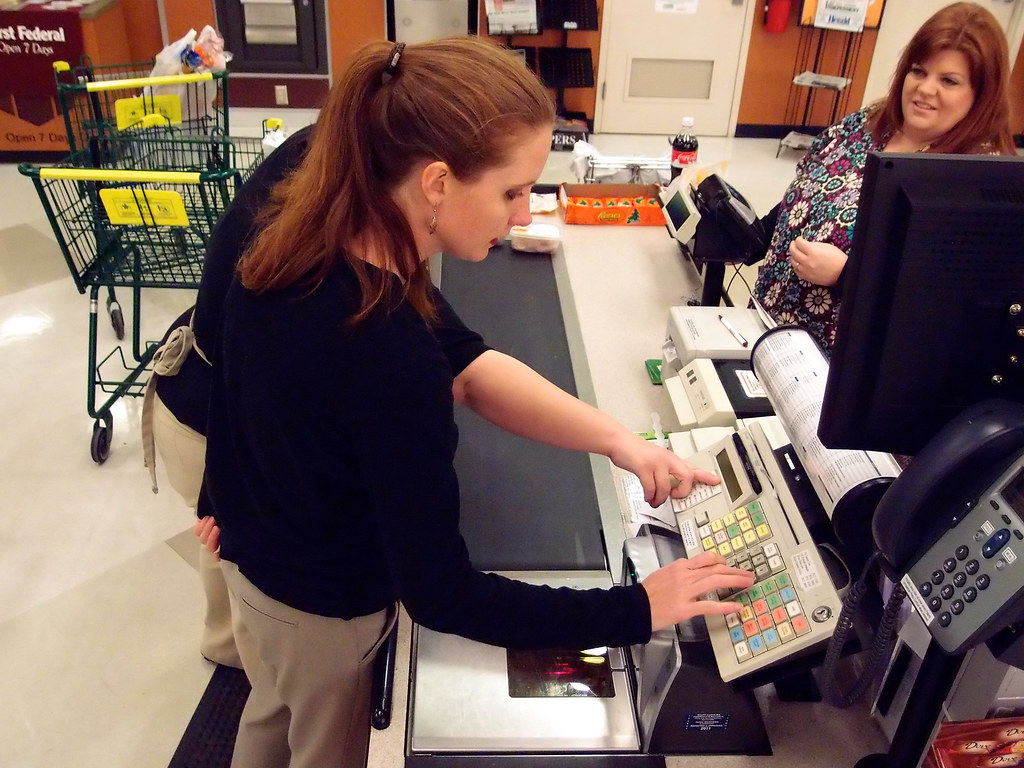
Imagine this: you buy groceries, hit “submit,” and boom—your balance dips just below zero. Cue the dreaded $35 overdraft fee that banks love to drop on your account. It’s like a financial mosquito bite—small at first, but it adds up fast. A recent Investopedia deep dive found that banks pull in an eye-watering $15 billion annually from overdraft fees alone—enough to buy every NBA team twice over! (Seriously.) The worst part? Many customers aren’t even aware they’ve opted in to overdraft protection until they see their statement.
So here’s the play: opt out of overdraft programs whenever possible, or switch to a bank that caps fees at a flat $5 per occurrence. Some fintech apps even alert you before an overdraft happens, giving you a chance to transfer funds or pause a transaction. With a little proactive budgeting and smart bank choosing, you can dodge these fees like a pro and keep your account in the green.
2. Balance Transfer Fees

You snag that shiny new card with a 0% intro APR, ready to consolidate your debt and breathe easier. But then you notice a one-time charge of 3–5% tacked onto every dollar you shift over—hello, balance transfer fee! In fact, LendingTree reports that in early 2025, 44% of balance transfer offers carry a 4–5% fee, up from 39% just a year ago, while another 51% still charge the standard 3% rate. (Do the math on a $5,000 transfer…)
Before you hop on that intro APR train, calculate the fee cost versus your interest savings. Sometimes, paying a bit of extra up front still beats high APR debt, but other times you might find a cheaper transfer offer—if you know where to look. Pro tip: aim for that sweet spot where your fee plus any remaining interest is lower than what you’re saving.
3. ATM Out-of-Network Charges
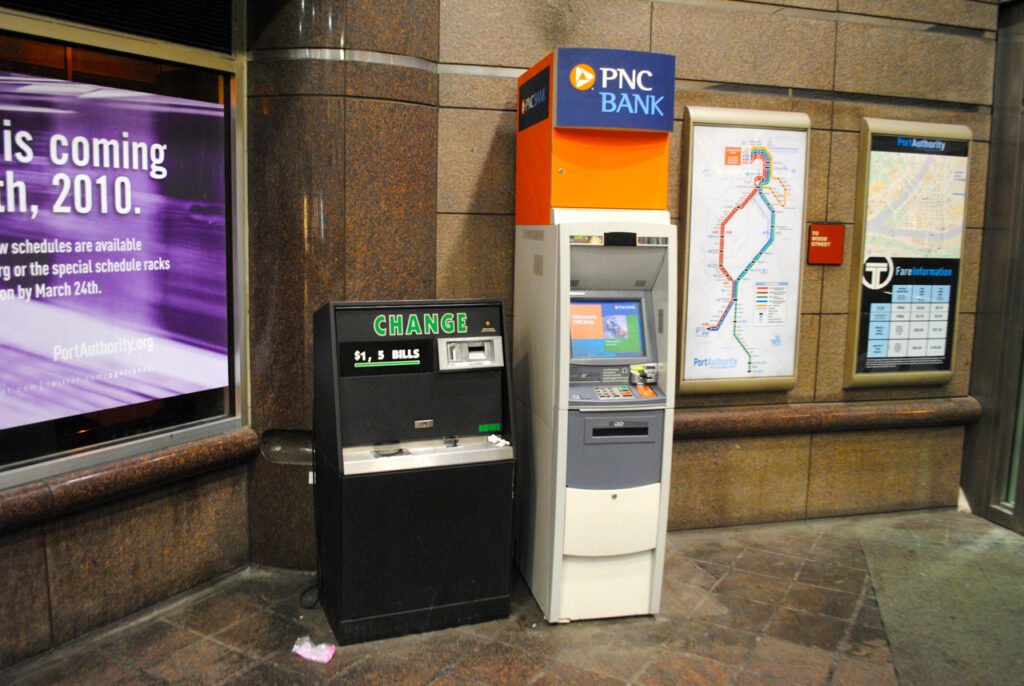
Ever been stranded in a weird town and had to hit a random ATM? Ouch—banks like to slap you with fees from both the ATM owner and your own bank, sometimes totaling $6 to $8 per withdrawal. That’s highway robbery! Academy Bank’s MoneyPass network covers thousands of ATMs; using one of theirs means zero extra charges and zero drama.
If you don’t have a big-name bank, check whether your credit union partners with a surcharge-free ATM network. Or consider a checking account that refunds ATM fees monthly—yup, some fintech challengers actually do that. Either way, a quick pre-withdrawal check can save you the kind of small-change pain that bleeds into your budget over time.
4. Foreign Transaction Fees
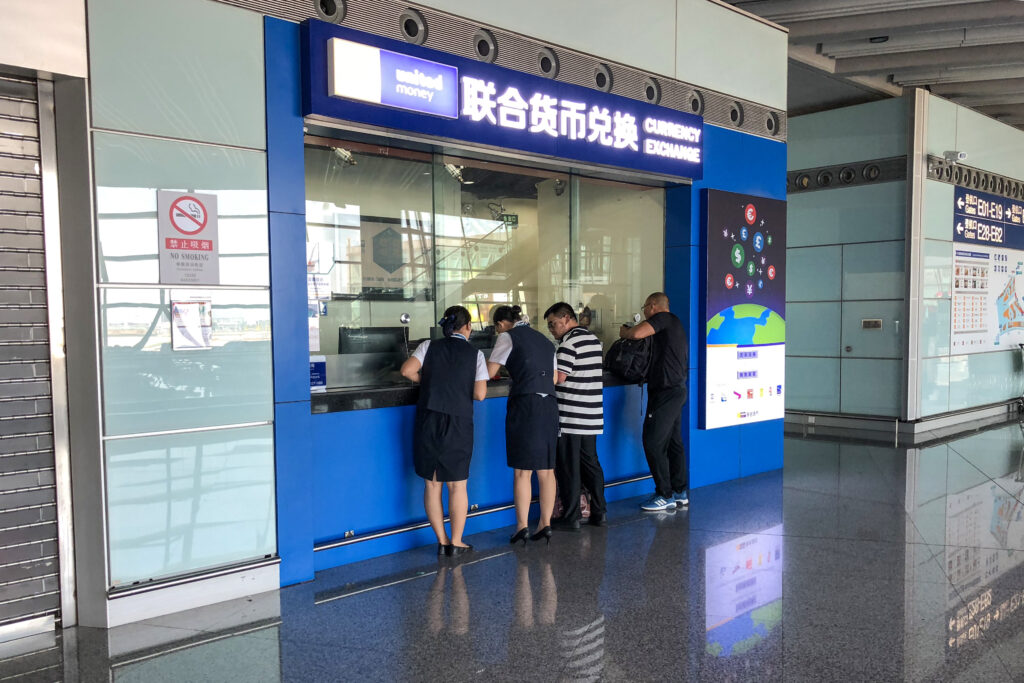
Jet-setting or just grabbing ramen at a local spot that processes in another currency? That swipe could cost you an extra 1–3% in foreign transaction fees, which often go unnoticed until you get your bill. Kiplinger points out that dynamic currency conversion and foreign fees can tack on an average of 2.99% per purchase—turning a $100 splurge into $103 or more.
To dodge this, carry a no-foreign-transaction-fee card (shout-out to the Chase Sapphire Preferred or Capital One Venture) and always choose to pay in the local currency. That way you avoid both the card’s fee and the merchant’s sneaky markup. Packing light sure is one thing—saving on fees is another win for your wallet.
5. Ticketing Convenience Fees

Buying concert or game tickets? Expect to see “convenience fees” that look like minor add-ons—until they swell to $20 or more per ticket. According to CNBC, junk fees across event services could total over $2 billion in 2025 alone, especially as platforms embed fees deeper in checkout.
Your move: buy directly from box offices when possible, or scour fan-to-fan resale sites that itemize fees upfront. Some events even have “fee-free” promo codes if you subscribe to newsletters—worth a shot before clicking “confirm.” Turning off autopay for these purchases can save you from the shock of surprise charges, too.
6. Premium Banking Packages

Slick lobbies and promise of “exclusive” perks can lure you into paying $30–$50 per month for a premium checking account. But if you’re not traveling internationally weekly or making huge deposits, you’re likely not using half the benefits. Monthly fees erase the gains from most “free” perks like waived ATM fees or higher interest rates.
Audit what you actually use—are you hitting the investment concierge or do you just need basic bill pay? Downgrade to a no-fee account or switch to an online bank that offers high-yield savings without the frills. You’ll have more cash left to put toward your real goals, like that epic summer trip or—dare we say—emergency fund.
7. Inactive Account or Dormancy Fees
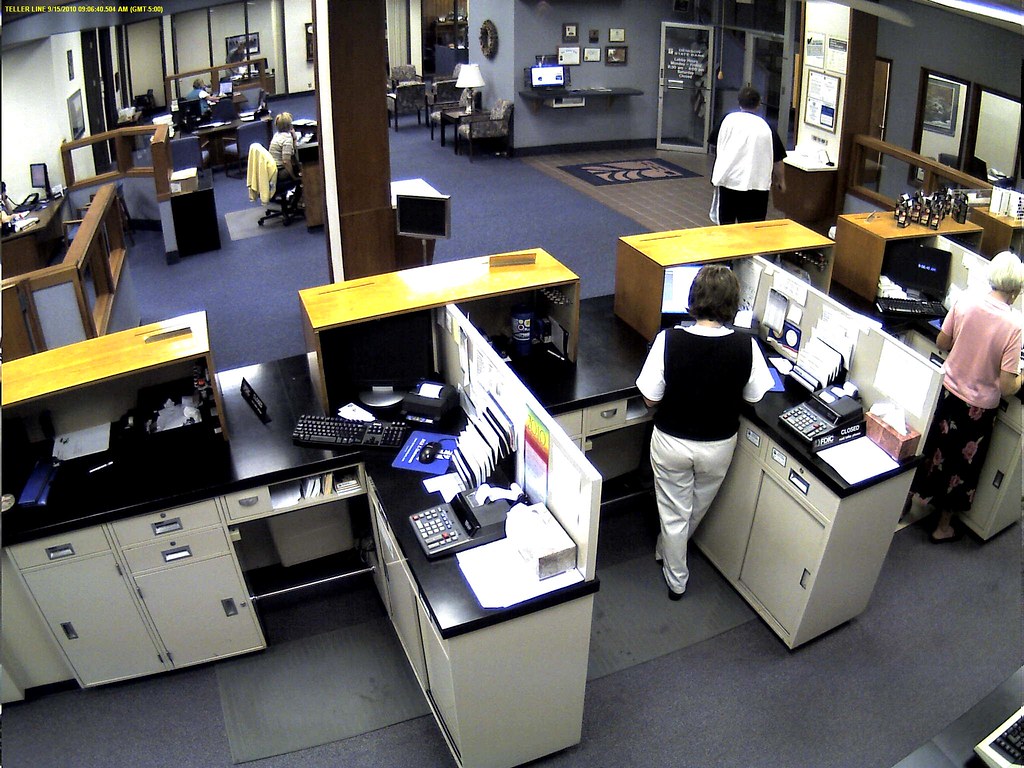
Life gets busy, and maybe you forgot about that old savings or checking account. Months down the line, the bank tags on a “dormancy” fee, which can be $5–$10 monthly—ouch. Over a year, that’s up to $120 siphoned off from an account you barely touched.
Keep track of every account you open, and if you’re not using it, either log in occasionally or formally close it. Most banks waive dormancy charges if you make at least one transaction in six months. Set a calendar reminder to move a small amount through the account quarterly just to stay active.
8. Mortgage Escrow Cushion

Your mortgage escrow account holds your property taxes and insurance premiums. But lenders often require a “cushion” of two extra months’ worth of payments, effectively tying up cash you could otherwise invest or save. That cushion can amount to thousands sitting idle in an account you don’t control.
Review your escrow analysis each year—some states cap how big that cushion can be. If your lender goes beyond that, ask for a refund or an adjustment; you’re legally entitled to it. Better yet, bundle homeowner’s insurance for multi-year policies and lobby for lower required balances.
9. Returned-Payment Fees
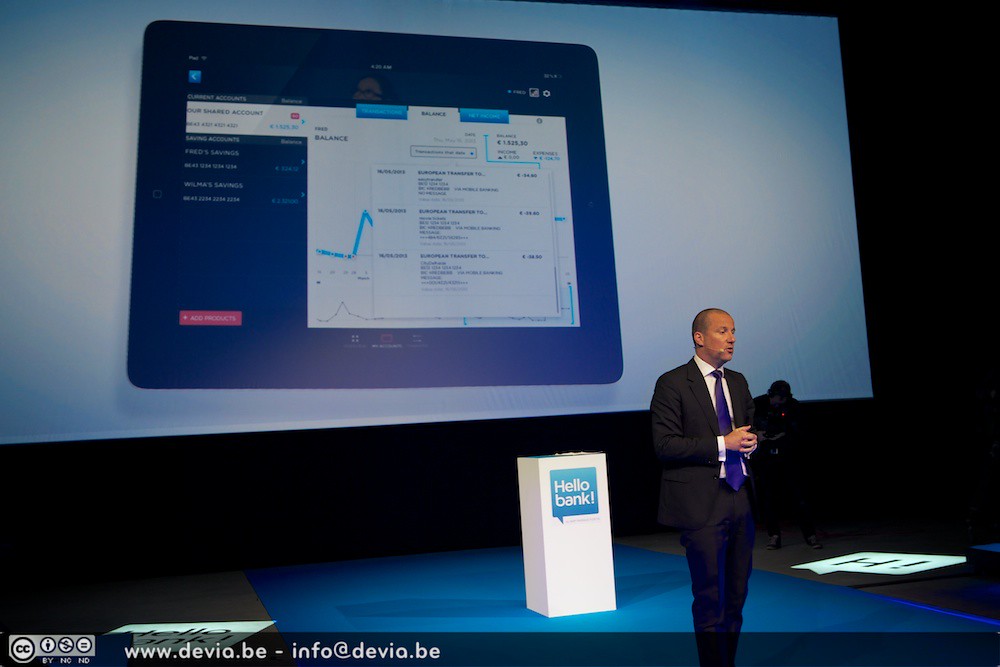
Didn’t notice that subscription auto-draft fail? A returned-payment fee, usually $25–$35, follows. Then your bank likely charges you another NSF (non-sufficient funds) fee—so it’s a double whammy for a $10 missed payment.
Set up low-balance alerts via your banking app, or link your checking to a backup account that kicks in automatically. Many banks let you opt into overdraft protection transfers under cheaper terms than an NSF fee, which is a smarter safety net.
10. Expedited Payment Charges
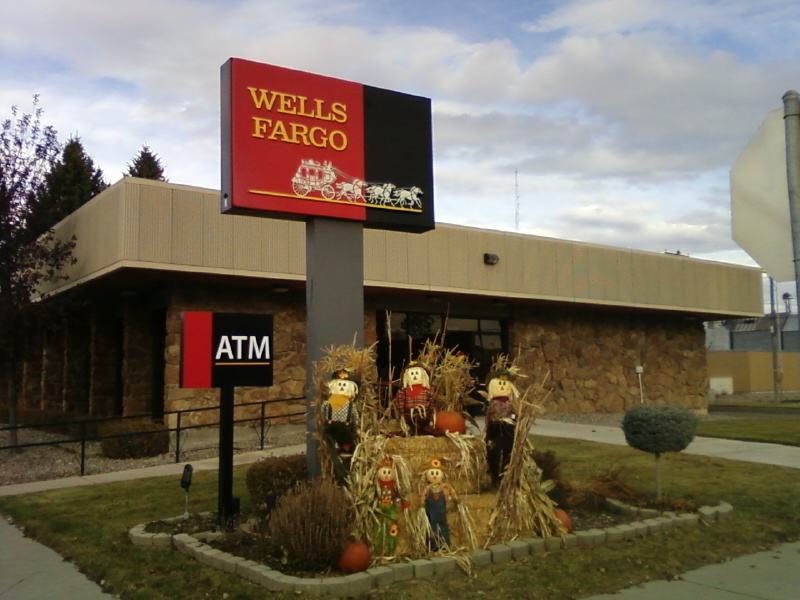
Need that wire transfer or bill paid yesterday? Banks charge $25–$50 for next-day ACH or expedited bill pay. While it’s handy in a pinch, making it a habit burns cash you can’t reclaim. And no, they don’t throw in a thank-you card for the trouble. It’s one of those convenience fees that sneakily rewards poor planning—capitalism’s favorite game.
For recurring bills, schedule payments in advance and leverage free ACH options. Set calendar reminders or use autopay for predictable charges like rent, utilities, or car payments. If you absolutely need that speed, compare small fintech providers—they often undercut banks on expedited transfers. Plus, some apps offer “rush” features for free if you maintain a certain balance, so it pays to read the fine print.
11. Credit Card Cash Advance Fees

Treating your credit card like an ATM? Cash advances kick in a 3–5% fee plus steep APR from day one—zero grace period. Pulling out $200 could cost you $10+ immediately, then interest that’s often north of 25%. It’s basically the payday loan of the credit card world. Add to that the fact that many cards also charge a flat fee on top of the percentage, and it’s a whole wallet-sucking mess.
Reserve cash advances for true emergencies. Instead, tap peer-to-peer payment apps or low-fee personal loans if you need liquidity. Explore credit cards that offer short-term installment options—some newer cards let you break up larger charges into fixed payments with lower rates. And stash a small emergency cash fund so you’re never tempted by the plastic ATM. That $200 withdrawal might feel like a lifesaver today, but your next statement will tell a different story.
12. Data Roaming Fees

Sure, your phone plan includes “global data,” but fictionally limited to a few megabytes per day, after which you pay $10–$15 per MB. Suddenly, a quick map check costs more than your daily coffee. Upload one Instagram Story and boom—budget blown. It’s the kind of gotcha fee that makes you nostalgic for flip phones and offline maps.
Grab a local SIM card or buy a global eSIM plan with true unlimited data at fixed rates. Some travel apps even bundle roaming protection in their services—worth checking before departure. You’ll dodge per-MB gouging and avoid the horror of a $50 “roaming” pop-up that kills your trip vibe. Just don’t forget to turn off background app refresh—it’s the silent killer of travel budgets.
13. Digital Wallet Fees
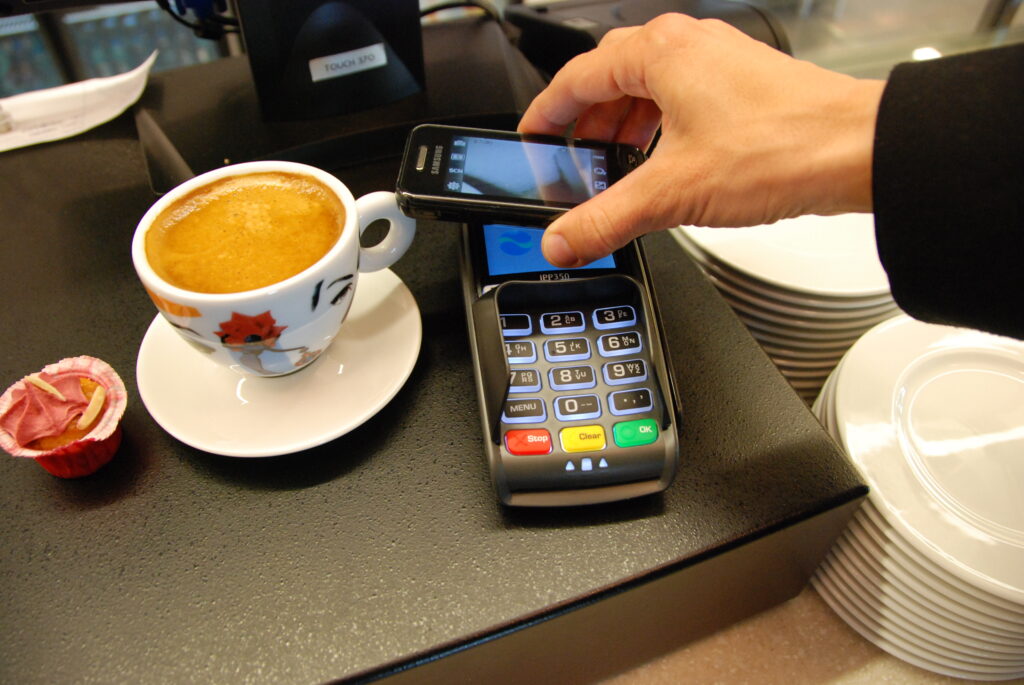
Sending money domestically via peer apps sounds free—until you discover digitalâ€wallet card fees (often 1.5–3% per transaction) for instant transfers. That quick “need it now” swipe can cost you $3 on a $100 payment. Do it enough times and you’re basically tipping your bank for the privilege of urgency. And yes, these fees often apply even if you’re transferring your own money between accounts.
Opt for standard ACH transfers, which often take just a few days and cost nothing. Some platforms even offer scheduled instant transfers that waive fees if you time them right. Or choose apps with noâ€fee instant options if you and your recipient link bank accounts directly. A little planning goes a long way in keeping those “convenient” fees at bay. Save that $3 for a latte—or better yet, your emergency fund.
This article is for informational purposes only and should not be construed as financial advice. Consult a financial professional before making investment or other financial decisions. The author and publisher make no warranties of any kind.








